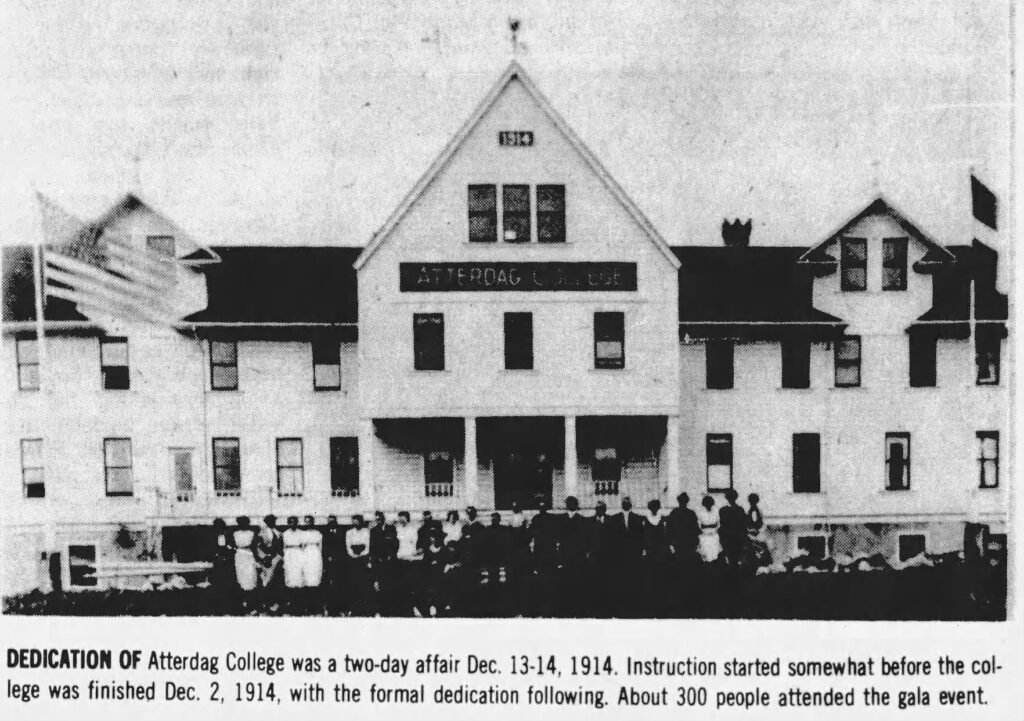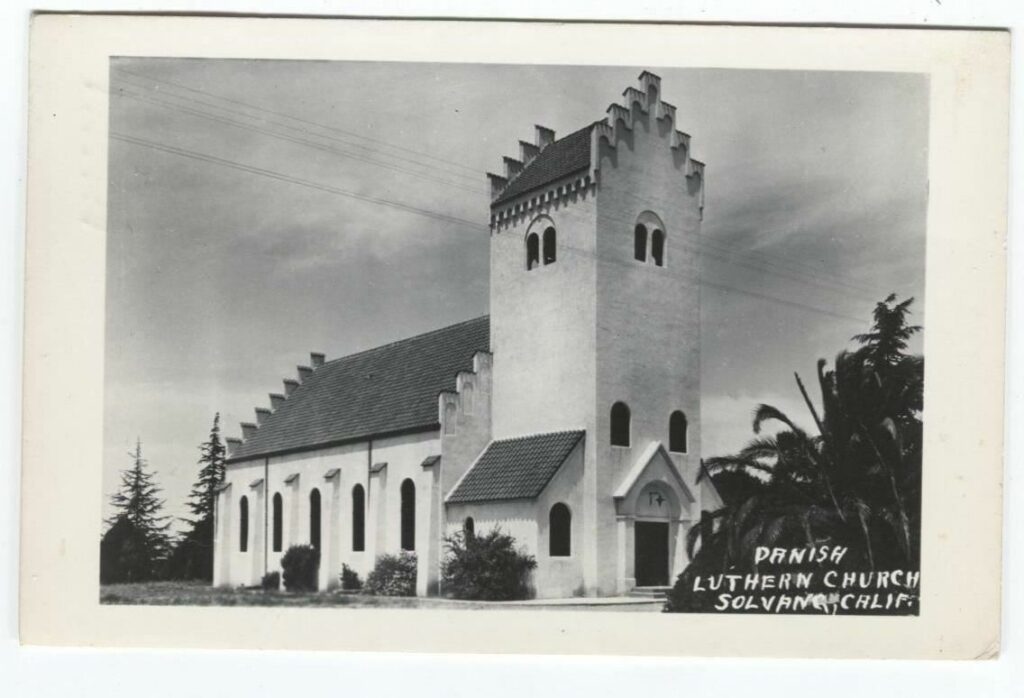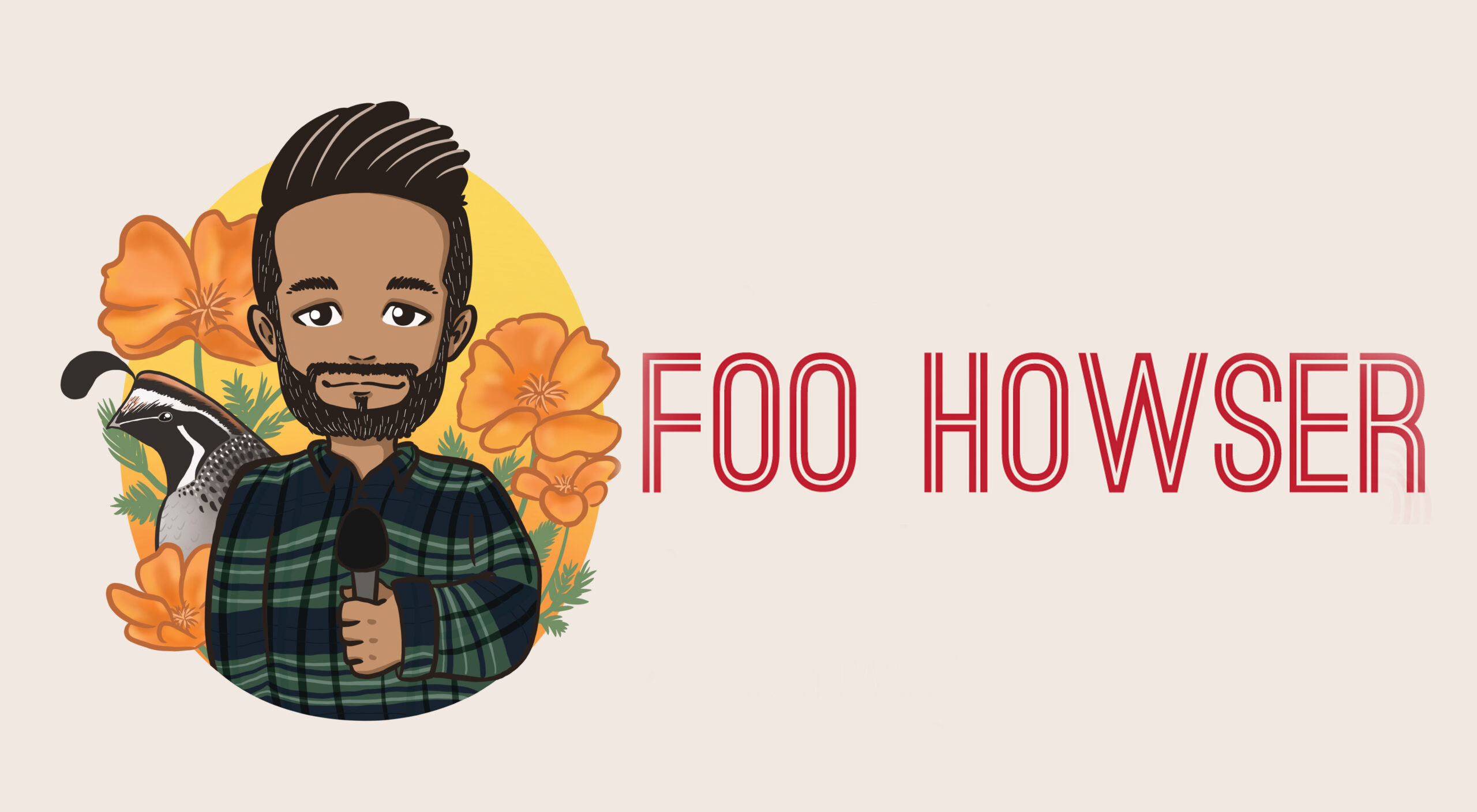Every year, millions of people visit this city: to admire the architecture, try some Danish pastries, and sip some wine in the shade of windmills. But how did we end up with our own slice of Denmark right here in California?
The idea to establish a Danish community and build a folk school, where Danish customs and arts could thrive was dreamt of by 3 Danes in Iowa. The Rev. J.M. Gregersen, Rev. B. Nordentoft, and Professor Peder P. Hornsyld.

Photo via display at the Elverhoj Museum
They outlined their plan in 1910 at the Danish church convention and their idea was approved and shortly after they incorporated the Danish American Colony and set out to find a location to establish the community.
In 1911 they found the ideal location with a good source of water, farmland, and climate in the Santa Ynez Valley and purchased nearly 9,000 acres of the old Rancho San Carlos de Jonata adjacent to Mission Santa Ines for $338,000 from the Santa Barbara Land and Water Company.
They advertised in all the Danish-Americas newspapers to sell lots and entice Danes to move to the area. They called their new community, “Solvang,” which means sunny field in Danish and within a few months, the village had attracted more than a dozen Danish families and the first building, the Hotel Solvang was built to house new arrivals while their homes were built. This was followed by the folk school building, which also served as a space for church services. This building still stands today as the Bit O’ Denmark Restaurant.
The small Danish village quickly grew in its first decade with the opening of the first general store, the first bank, creamery, butcher shop, and bakery among other businesses.
In 1914 Atterdag College was opened so that the folk school could grow and continue to provide classes in Danish arts and customs as well as other curriculum. Atterdag became the hub of the community, in addition serving as a folk school, it served as a community meeting hall, performing arts center, and even boarding house in the following decades until it was demolished in the 1970s.

In 1922 the first of Solvang’s windmills was built by J.C. Wulff. However, unlike the ones that would come later, this was an actual working windmill used to pump water and grind grain. It’s still standing today and although not Danish in design, was definitely a precursor of the town’s Danish-style windmills.
Architecturally speaking, Solvang looked like any other small town in the area in its early years. The first Danish-style building was Bethania Lutheran Church, which was built in 1928 and styled after traditional rural churches in Denmark.

By the 1930s Solvang became the largest town in the Valley and a commercial hub for the region. In 1936 on the 25th anniversary of Solvang’s founding, the community decided to have a 3-day celebration that included a parade, pageants, a barbecue, folk dancing and singing. It was such as huge success that another celebration was put together the following year and the tradition of Danish Days was born. In 1939, the town was visited by Danish royalty, the first of 3 such visits by the Danish royal family.
Unfortunately, by the 1940s the town’s economic growth had started to decline as most jobs that were available were either in agriculture or retail, prompting many of the young people to leave the area in search of job opportunities.
Fortunately though, in 1947 an article was published in the “Saturday Evening Post” that would shape the future of the town. The article, titled “Little Denmark” called Solvang “the spotless Danish village that blooms like a rose in California’s Santa Ynez Valley.” The glowing write-up accompanied by photographs of residents in traditional Danish costumes soon enticed a steady stream of tourists.

This led Solvang’s business and civic leaders to decide that they didn’t want their town to just be Danish, but also look Danish.
They shifted the town’s emphasis to tourism; new buildings were built in the Danish Provincial Stye, old buildings were remodeled, and Danish-style windmills were built around town. The streets were also re-named to give them Danish names.
And the rest, as they say, is history. In the subsequent decades more attractions and amenities were added for tourists and the Danish themed festivities were expanded as well, turning Solvang into “The Danish Capital of America.”
Visit Solvang today and it’s not unusual to see throngs of visitors walking the streets, lining up to taste aebleskivers, or riding around town in a trolley.
One spot that is often overlooked is the Elverhoj Museum, a true hidden gem a few blocks from downtown Solvang. It preserves and exhibits the history and Danish culture of the city. By visiting and learning the history of the city, you can truly appreciate how incredible it is that a place like Solvang not only exists, but continues to thrive.
References:
“1920s Solvang – Becoming Danish Capital of America” by Judith Dale, The Santa Maria Tmes. March 6, 2020.
“Little Denmark” by Dean Jennings, The Saturday Evening Post. Jan. 18, 1947.
“Remember When?” By Pat Murphy, Santa Ynez Valley guest Magazine. Spring 2004.
“TBT: Atterdag College Opens in Solvang, 1914” by Elverhoj Museum staff, The Santa Maria Times. May 20, 2021.
“Saturday Evening Post Article put Solvang on the Map 70 Years Ago” by Mike Hodgson, The Santa Ynez Valley News. Jan. 17, 2017.
The Extraordinary History of Solvang, California | Elverhoj Museum of History and Art
Solvang History | City of Solvang
“Solvang’s Iconic Windmills Inspired by an Earlier Era” by Raiza Giorgi, The Santa Ynez Valley Star. Oct. 19, 2021.
“Solvang ‘Cutting Both Legs Off’ in Latest Marketing Move?” By Jean Yamamura & Amanda Marroquin, The Santa Barbara Independent. April 1, 2023.

